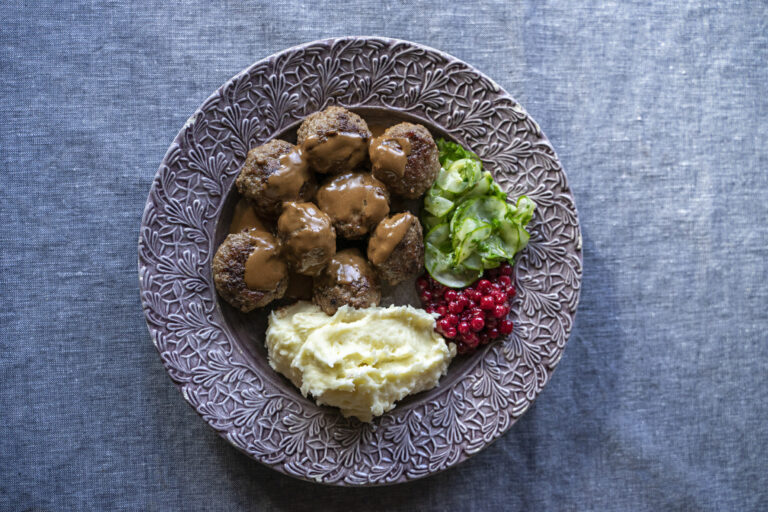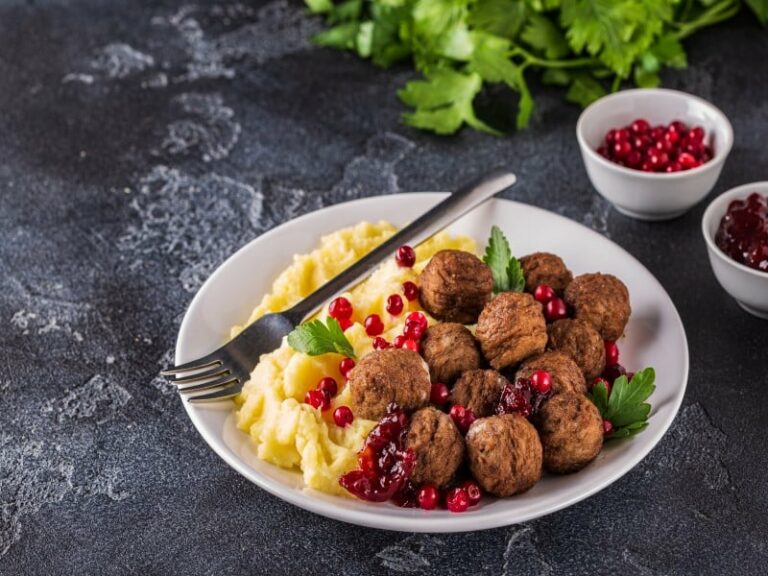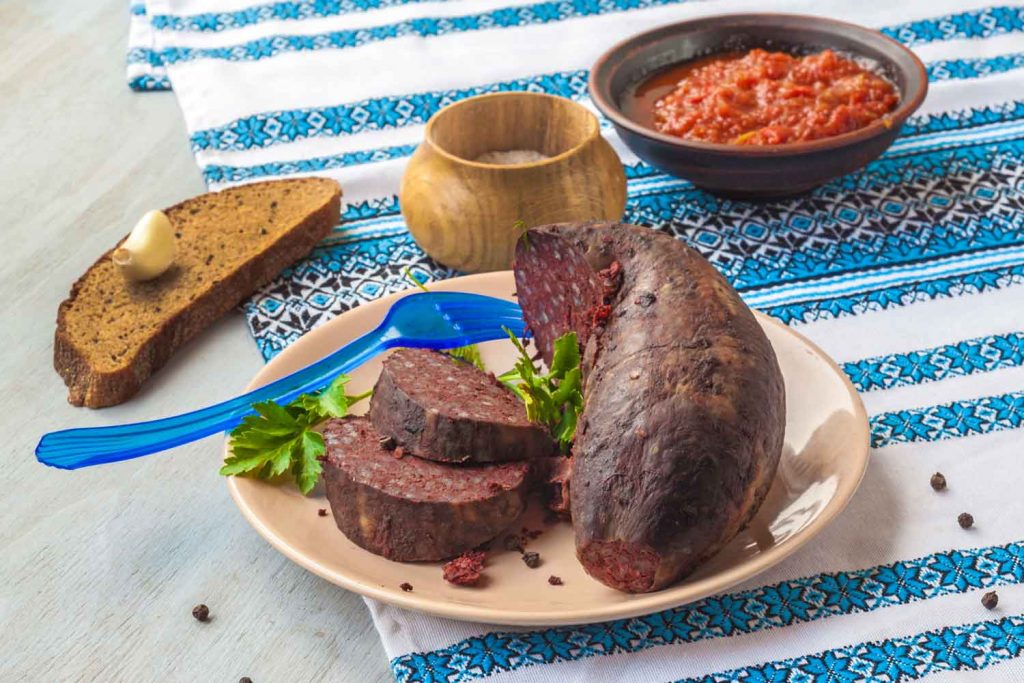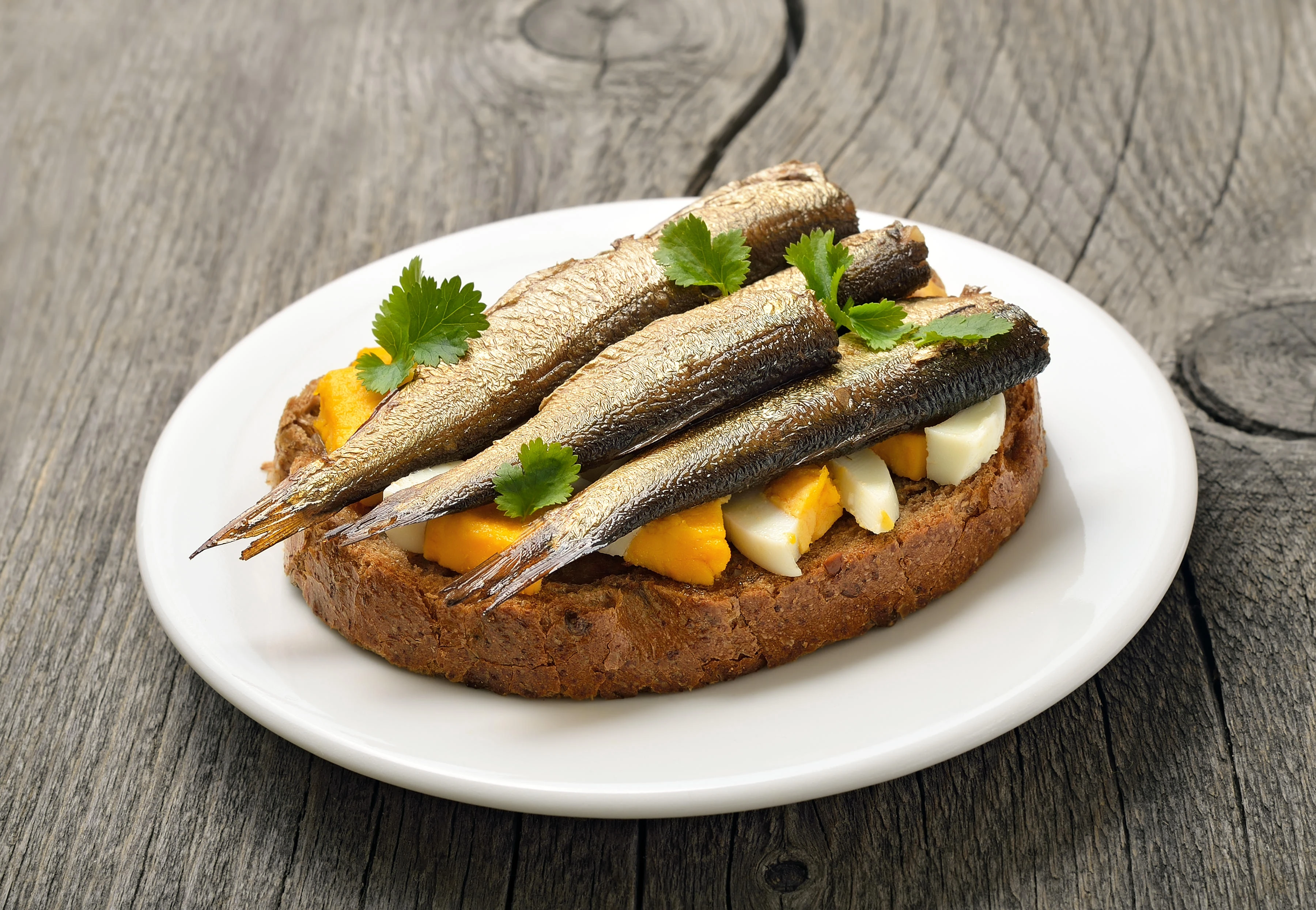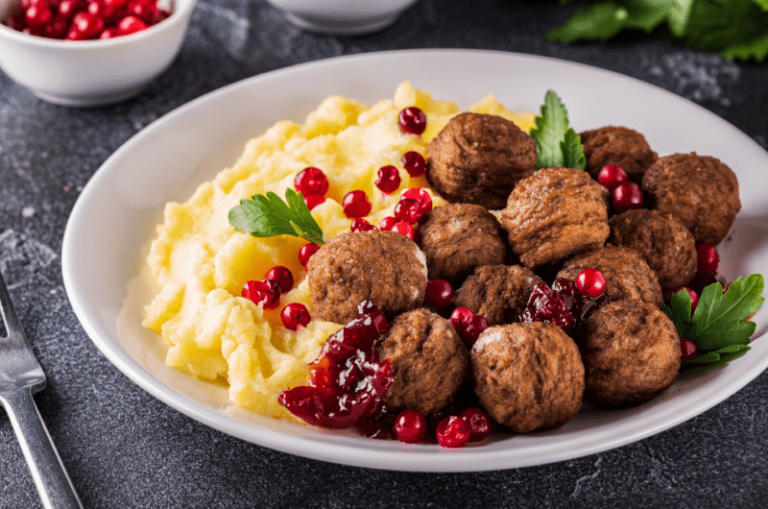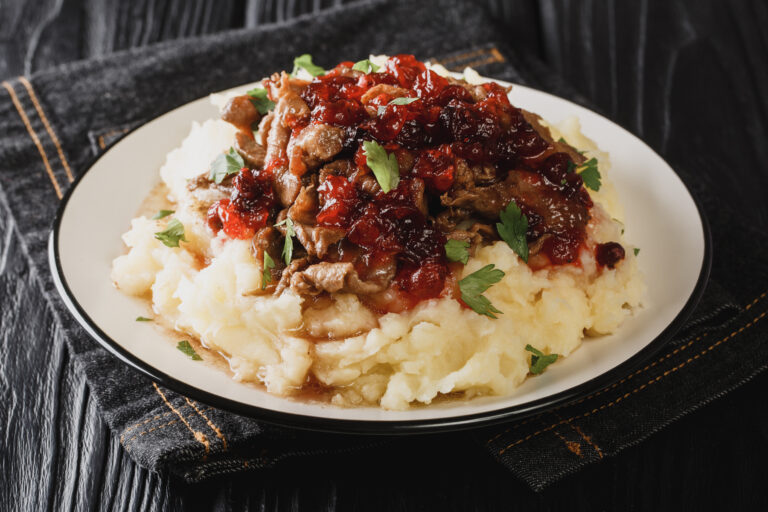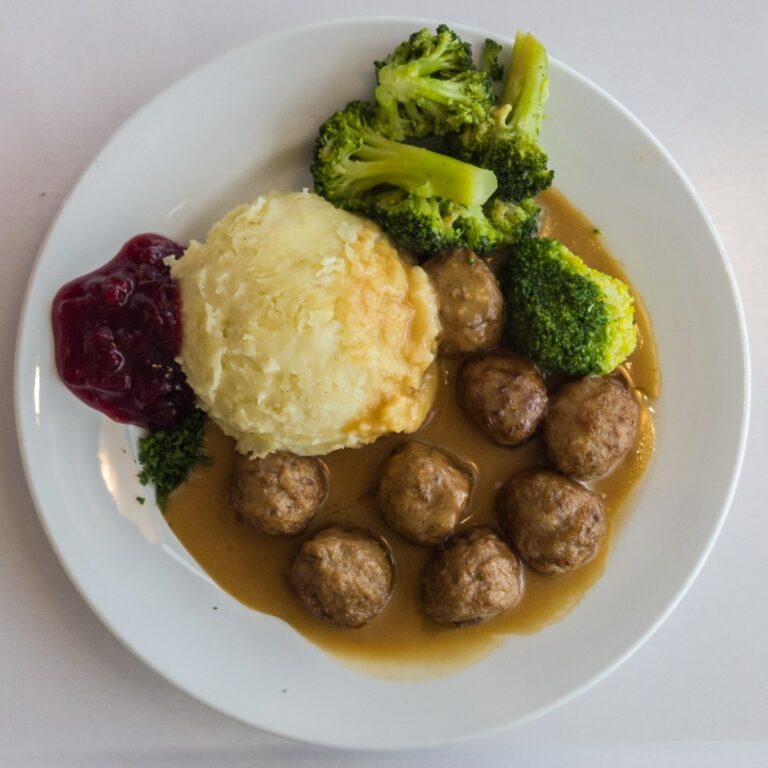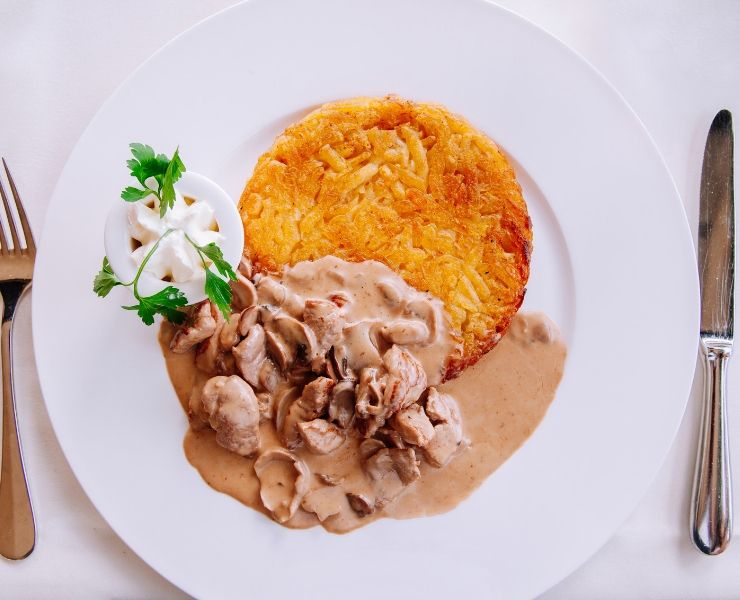Introduction: Traditional Swedish Cuisine
Swedish cuisine is heavily influenced by the country’s natural resources, with an emphasis on fresh ingredients and simple preparation methods. From hearty meatballs to delicate seafood dishes, traditional Swedish cuisine has something to offer everyone. Many traditional Swedish dishes have been enjoyed for generations and remain popular today.
Meatballs with Lingonberry Sauce
Perhaps one of the most well-known Swedish dishes, meatballs with lingonberry sauce is a beloved staple of the country’s cuisine. Made from a mixture of ground beef and pork, the meatballs are seasoned with spices like allspice and nutmeg before being fried and served with lingonberry sauce. Lingonberries are tart and slightly sweet, making them the perfect accompaniment to the savory meatballs.
Gravlax: Marinated Salmon
Gravlax is a cured salmon dish that is often served as an appetizer in Sweden. The salmon is cured with salt, sugar, and dill, which gives it a delicate flavor and tender texture. It is typically served thinly sliced on rye bread with a mustard-dill sauce. Gravlax is a popular dish for festive occasions in Sweden, such as Christmas and Midsummer celebrations.
Jansson’s Temptation: Potato Casserole
Jansson’s Temptation is a classic Swedish potato casserole that is often served as a side dish with fish or meat. Made from thinly sliced potatoes, onions, and anchovies, the casserole is baked in cream until it is golden brown and bubbly. Despite its simplicity, Jansson’s Temptation is a hearty and satisfying dish that has been enjoyed in Sweden for over a century.
Pea Soup and Pancakes
Pea soup and pancakes is a popular Thursday night tradition in Sweden, dating back to the 16th century. The soup is made from dried yellow peas, which are simmered with vegetables and spices until they are tender and flavorful. It is typically served with thin pancakes made from flour, milk, and eggs. The combination of warm soup and fluffy pancakes is a comforting and filling meal that is perfect for cold winter nights.
Cinnamon Buns: Fika Time Treats
Fika is a Swedish tradition of taking a break from work or daily activities to enjoy a cup of coffee or tea and a sweet treat. Cinnamon buns, or kanelbullar in Swedish, are a popular pastry that is often enjoyed during fika time. Made from a sweet, buttery dough that is rolled with cinnamon and sugar, cinnamon buns are the perfect accompaniment to a hot cup of coffee or tea. They can be found in bakeries and cafes throughout Sweden and are a beloved part of Swedish cuisine.

